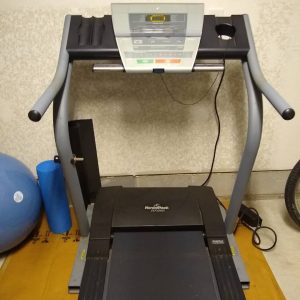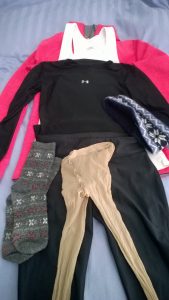The word fartlek is Swedish and means speed play. That sounds fun! And these runs or workouts are fun. That’s the point. You’re spending time at race or faster than race pace without the suffering of standard speed workouts. Team ECRP loves having these sessions on their training calendar and here’s why you will, too.
Fartlek workouts have tons of benefits. They will help you get faster and improve endurance capacity while getting better at closing the finish of a race. You’ll also increase your mental toughness and ability to feel your paces. Heck, it’s even defined as “a system of training for distance runners in which the terrain and pace are continually varied to eliminate boredom and enhance psychological aspects of conditioning.” So what’s the big deal and how do all of those things happen?
Fartlek work is different from a typical steady state long run because, as mentioned above, it includes short sections of faster running. It’s also different from standard interval work because you continue to run while you’re resting or recovering. This unstructured-ness means there’s no end to the fun you can have. These mixed up ons and offs also keep your heart rate higher for the duration of the workout and that means improved fitness.
Option one for building a workout is to use landmarks. Pick a road with light posts and pick it up for two on, two off. Change the pattern throughout the session or each time you run that route to continue challenging both your body and mind. A second option is to run faster when you feel like it and slower when you don’t. Hills can also provide a good place for increasing and decreasing effort at irregular intervals. A hilly road with regular light posts is a fartlek paradise.
Fartlek workouts are also useful at any time during a training cycle. Since they’re so adjustable the intensity is easy to change. The variability means you can ramp up speeds while decreasing jog time for race prep but reverse that pattern for maintenance or recovery. To work on closing speed throw in some faster pick ups towards the end of your session. When you’re in a rut or want to have some fun on a group run, take off for a low pressure, flexible fartlek.
Coach Meredith


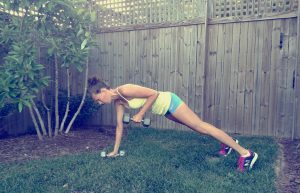 Plank Rows: These toughies challenge your entire upper body. Your shoulders and core work to stabilize your position while your back works to lift that weight.
Plank Rows: These toughies challenge your entire upper body. Your shoulders and core work to stabilize your position while your back works to lift that weight.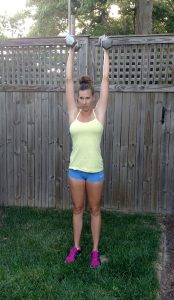
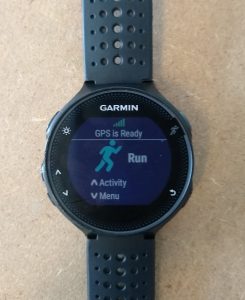
 training volume and intensity fluctuate.
training volume and intensity fluctuate.
